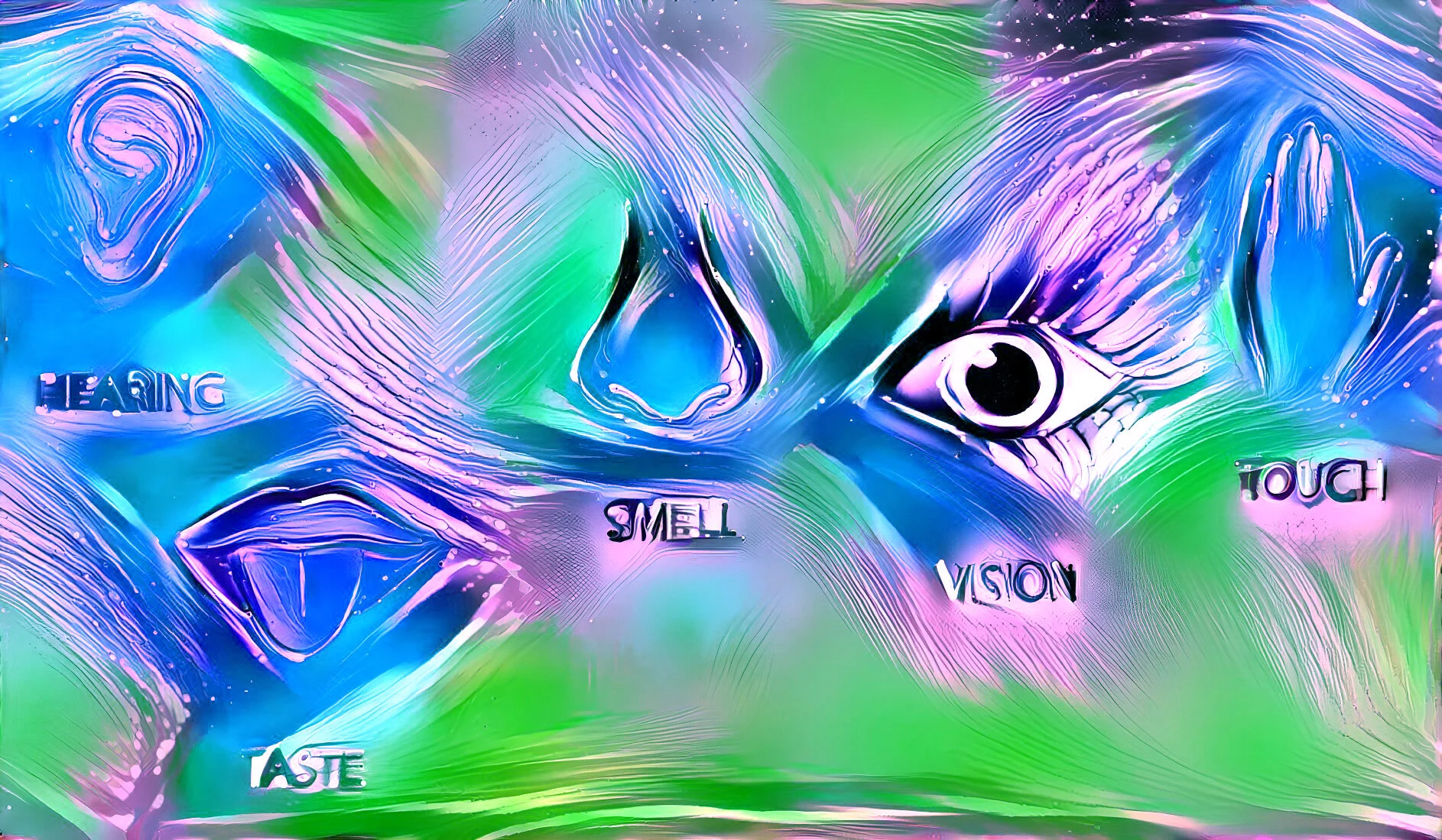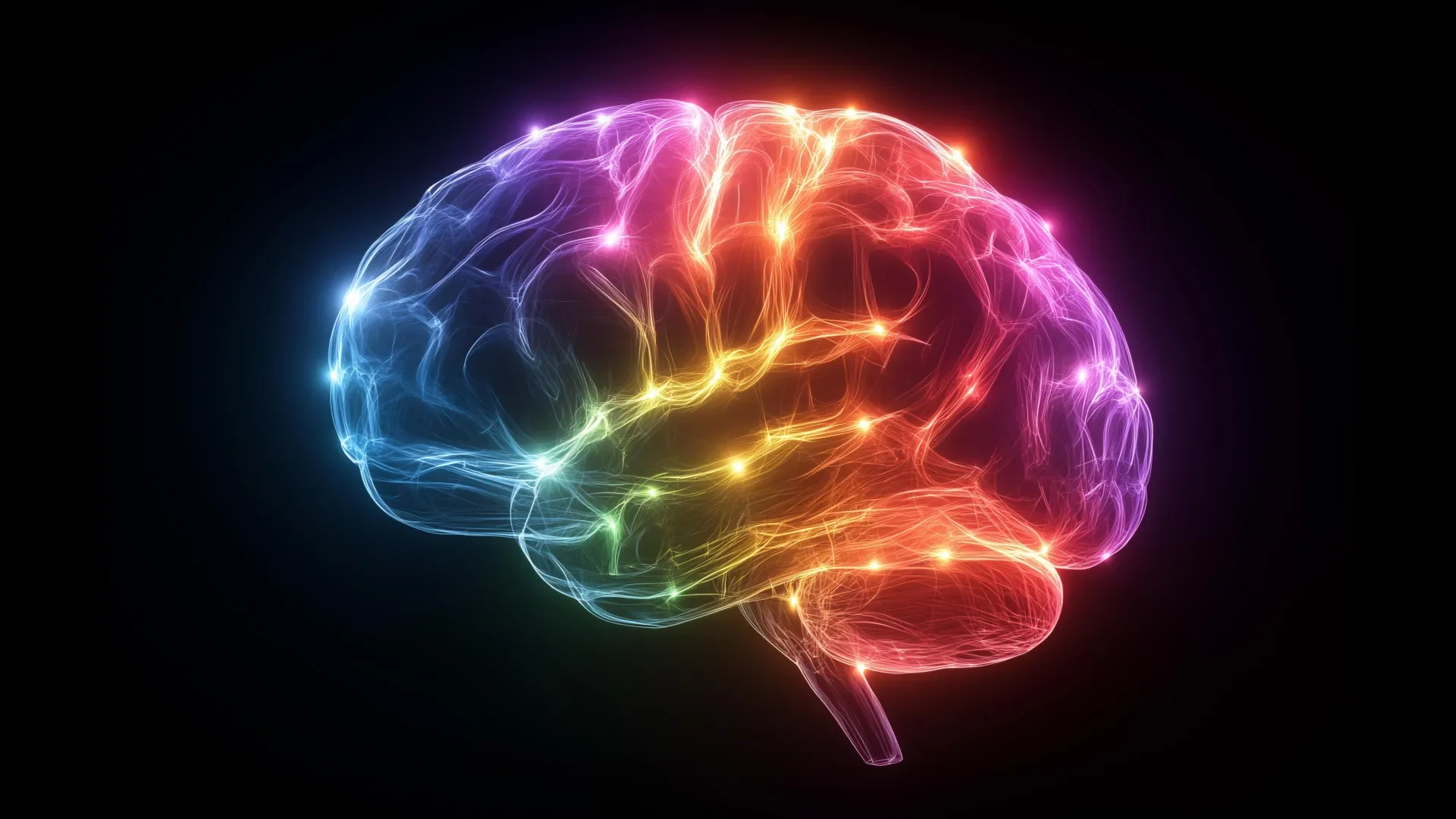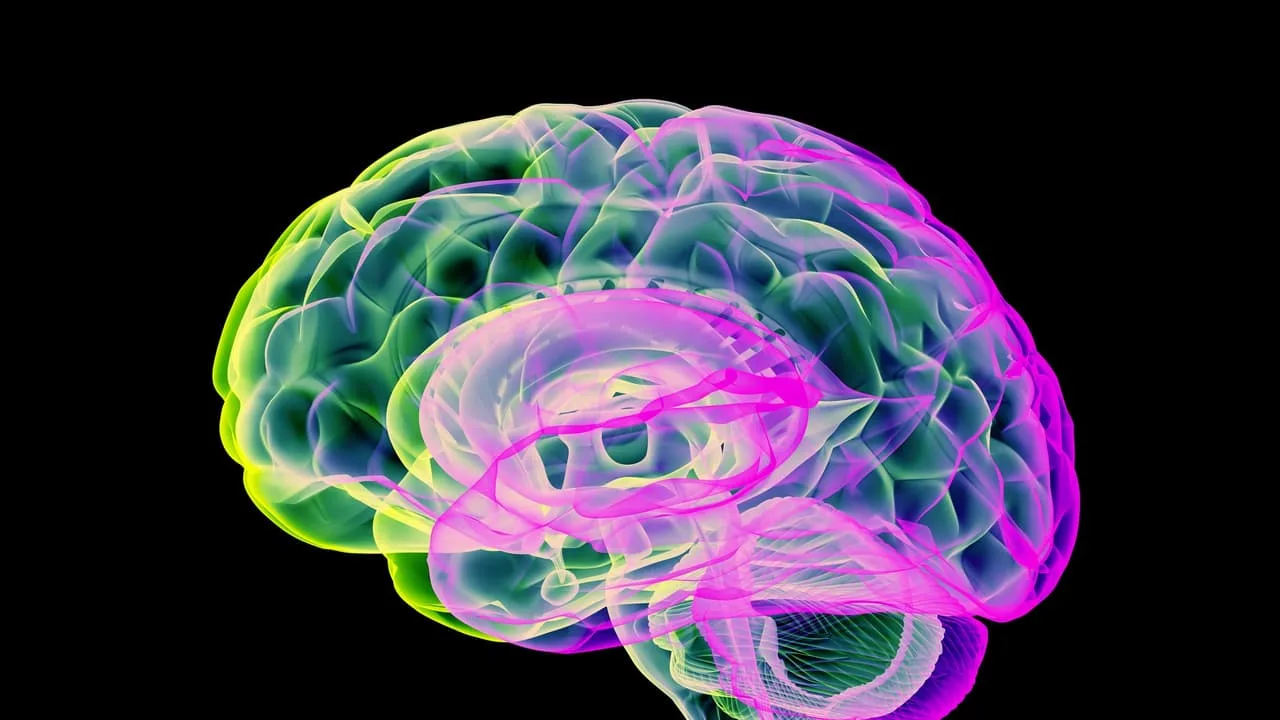A new mathematical model published in Scientific Reports suggests the brain's memory capacity is maximized in a seven-dimensional space, challenging the traditional five-sense framework and offering new insights for AI.

October 9, 2025

Source:
Tech Xplore
New Model Suggests Seven Senses Optimal for Memory
Scientists at the Skolkovo Institute of Science and Technology (Skoltech) have developed a mathematical model that challenges the long-held concept of five senses. Their research, published in the peer-reviewed journal Scientific Reports, proposes that memory capacity reaches its peak when operating in a seven-dimensional space.
This suggests that seven senses, rather than five, would be the optimal number for maximizing learning and recall.
The team, led by Professor Nikolay Brilliantov, found that when memories are characterized by seven distinct features, the number of objects the brain can hold in memory is maximized. This discovery provides a new mathematical framework for understanding how information is encoded and stored.
Keep up with the story. Subscribe to the PR+ free daily newsletter

Source:
ScienceDaily
The Role of Memory Engrams
The research builds on the concept of memory engrams—the fundamental units of memory. An engram is understood as a sparse group of neurons that fire together to represent a concept, such as a banana, which is characterized by features like its look, smell, and taste.
Dynamic Memory Evolution
The Skoltech model demonstrates that these engrams are not static. They evolve dynamically based on external stimuli.
Learning: Frequent recall of a memory strengthens and refines the engram.
Forgetting: Disuse causes the engram to become more diffuse.
Professor Brilliantov explained that engrams evolve toward a stable state. "After some transient period, a 'mature' distribution of engrams emerges," he noted. "We somewhat surprisingly find that the number of distinct engrams stored in memory... is the greatest for a concept space of seven dimensions."
Read More

Source:
Asianet Newsable
Share this news:




















